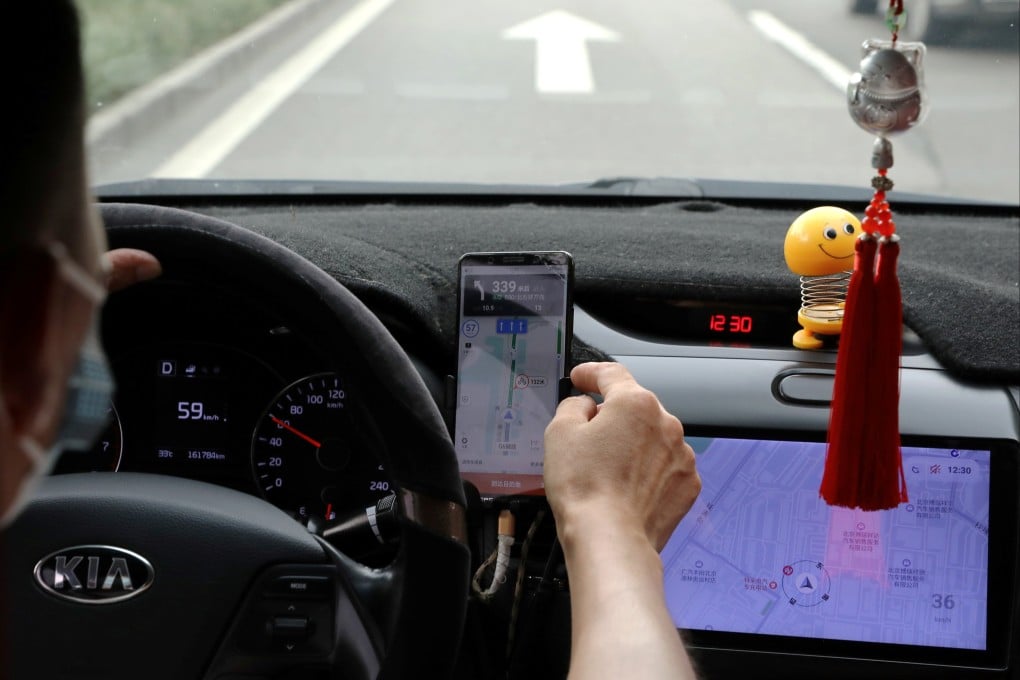The View | Does surge pricing really help ride-sharing drivers earn more?
- In a study of drivers in Guangzhou and Shenzhen, pricing based on supply and demand benefited cherry-picking part-timers who were motivated to work more – but discouraged full-timers and hurt their earnings
- To ensure a stable pool of full-time drivers, ride-hailing platforms might want to offer loyalty incentives

In surge pricing, used by Uber, Lyft and other ride-sharing platforms, fares go up when rider demand in an area exceeds driver supply. By encouraging more drivers to come online when needed, surge pricing balances supply and demand. This appears mutually beneficial. Impatient riders pay more and spend less time waiting, while drivers earn more during rush hour and ride-sharing platforms profit.
This economic argument holds true for rides within the surge zone. But the impact of surge pricing on driver earnings across hours and geographical zones is more nuanced.
Say a driver earns a high fare by picking up a rider from the surge zone, but if the destination is outside it – where prices might be lowered to encourage more drivers to go to the surge – the driver has to either take a lower fare next or return to the surge zone with an empty car. Worse, on returning to the surge zone, the driver has to compete with other gig drivers already in the zone.
To analyse the effect of surge pricing on driver earnings, we analysed transactional data provided by a ride-hailing platform in China. Our data is based on 4.4 million rides provided by 17,400 drivers from February to December 2019 in Guangzhou and Shenzhen.
For each day, our data includes each ride’s start and end times, travel distance and price, as well as how long each driver is on duty with the platform app turned on. In 2019, this platform was paying drivers 80 per cent of the fare with no other incentive, enabling us to determine each driver’s earning for each ride, and the daily and weekly earnings.
